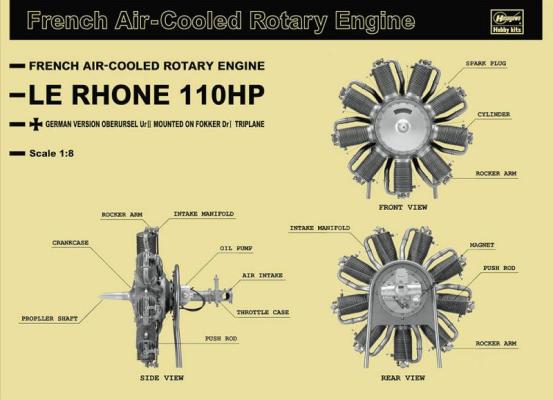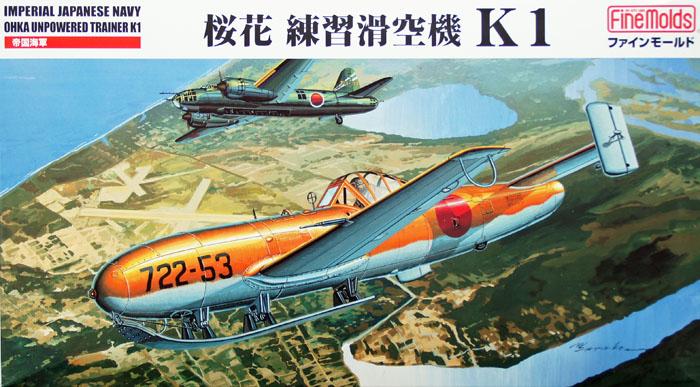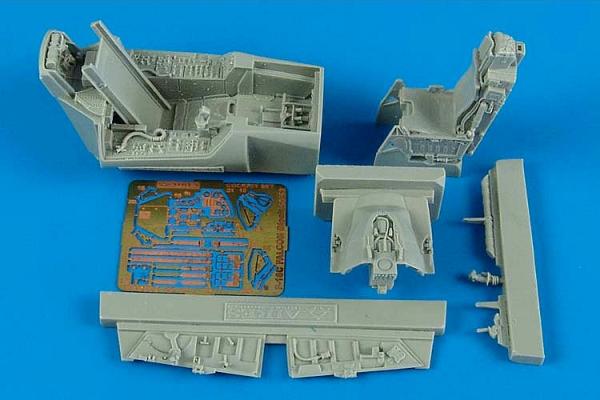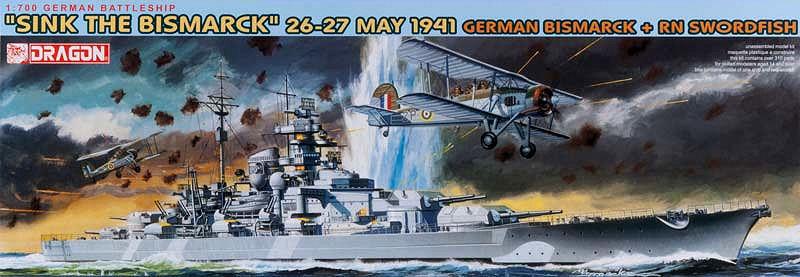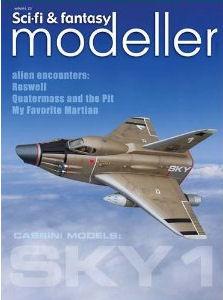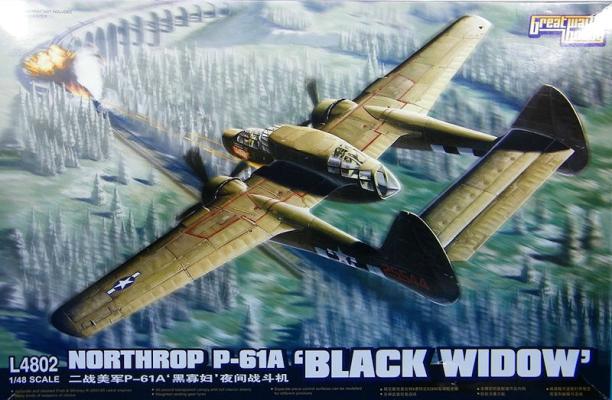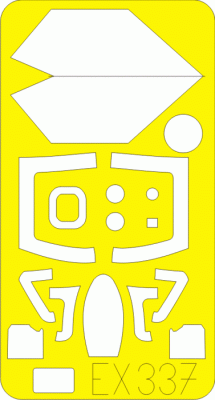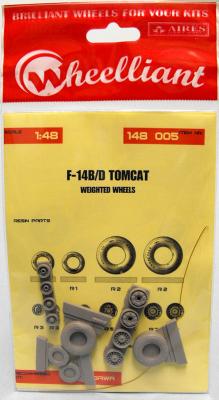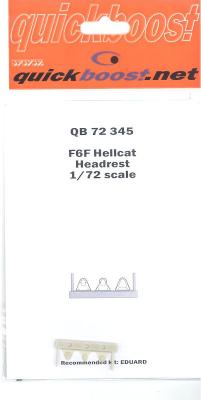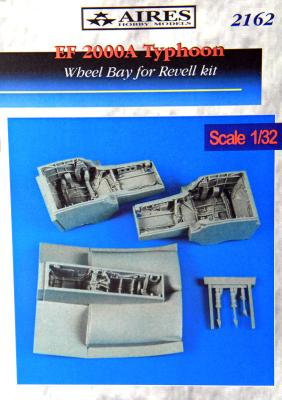The rotary engine (the engine itself rotates while the crankshaft remains stationary) was first developed by Felix Millett as a five-cylinder engine that was mounted in a bicycle wheel, and was displayed at the 1889 Exposition Universelle in Paris (his design having been patented in 1888). In 1889, Lawrence Hargrave designed a rotary engine intended for use in an aircraft, and in the United States, Stephen Balzer worked on rotary engines in the 1890s. Back in Europe, De Dion-Bouton developed a rotary engine in 1899, but this was never fitted to an aircraft, and in the United States, Adams-Farwell developed a rotary engine for use in automobiles in 1901. Gnome, a French company run by brothers Louis, Laurent and Augustin Seguin, developed the world's first production rotary engine, the 7-cylinder, 50 hp “Omega”, which was shown at the 1908 Paris automobile show.
What's New
Based on a design by Ensign Mitsuo Ohta with the assistance of students of the Aeronautical Research Institute at the University of Tokyo, the Yokosuka MXY-7 Ohka (Cherry blossom) was first conceived. Over 850 of these rocket-powered, anti-shipping, kamikaze planes that were dropped by Mitsubishi G4M “Betty” bombers were constructed during 1944 and 45. The idea was to glide in on the attack, and then the pilot would ignite three rocket engines on the final approach, delivering a 1200 kg (2646 pound) payload to the target. The aircraft had a limited range (twenty-three miles), and with delivery being via a heavily laden bomber, there are no recorded successful attacks by the Ohka during World War II (although there was a near miss with the battleship USS West Virginia on 1 April 1945). The basis for this particular kit, though, is the unpowered K1 variant that was filled with water in place of the explosives and engines in order to train the pilots for their mission.
Once again a hearty “Thank you” goes to David Lajer at Aires for this review item.
This is a simple cockpit upgrade, intended to be used on the Kinetic kit. Unfortunately, I thought this was for the Tamiya kit, but I am certain it can be used in either one; I have no Kinetic single-seat Block 50 kit, and no access to one, so I decided to build it in the “press on” mode, with intent to use it in my next Tamiya F-16.
The cockpit tub is what we have come to expect from Aires - superlative! Detail abounds, and careful painting yields an excellent canvas for the rest of the model. Switches, hoses, and actuators are all included, and the control stick is molded on the sidewall, preventing the usual fiddling around we experience when installing such items. With careful painting and drybrushing, you will have an impressive, much-more-detailed-than-in-the-injection-molded-kit cockpit. The PE fret includes delicate rudder pedals; be careful here as they are VERY fragile.
One of Dragon’s recent releases in their 1/700 scale ship series is a special edition reissue of the German DKM Bismarck. The special reissue pairs the Bismarck alongside a pair of Royal Navy Swordfish torpedo bombers. Now, having the original Bismarck, the first thing I did when I received this review was to compare the two and see what other goodies were added. The original issue was a premium kit and included a nice photo-etch set including railings [except the main deck]. The special edition includes, of course, two RN Swordfish, which are exceptionally crafted. Each Swordfish is a full model of its own, including PE. The modeler also has the option of plastic or PE wings. I opted for the plastic, as they have more depth and curve to them. The reissue also includes a new display base featuring pedestals and new main and secondary gun barrels with hollow muzzles and optional DS blast bags (more on these later).
This is the second volume of this magazine I have read since they changed to a quarterly format and I do like the amount of detail crammed into it. This issue is made up of 13 articles focusing on kit builds, scratchbuilds, and other fun stuff, so let’s get to it.
The first two builds are Bat-related kits by Polar Lights. These are the 1/25th scale Batboat from the old TV series and the 1/32nd scale Batmobile from the same show. These are basic, no frills builds resulting in two smart-looking vehicles.
Next up is a new kit from Pegasus of Uncle Martin and his Spaceship. For those of you too young to remember, this is based on the My Favorite Martian TV show. This starts with some history regarding the kit development and behind the scenes info from the show. This is followed by a full build of the kit. The 1/18th scale kit builds up nicely and includes a figure of Uncle Martin which has a very good resemblance to actor Ray Walston.
Unmistakable in appearance and unequalled in firepower among American fighters in World War II, the Northrop P-61 Black Widow was America’s first purpose-designed night fighter. First contracted in January 1941 at Wright Field in Dayton, Ohio, delivery of production aircraft took place in the summer of 1943 to stateside training units, followed by initial deployment to the European Theater of Operations that December, with the Pacific Theater units equipped the following spring. By war’s end, the P-61 would amass 136 confirmed kills, including 9 V-1 “buzz bombs,” in European, Mediterranean, Pacific, and China-Burma-India theaters of operation.
Since the early 1970s, the classic Monogram P-61 has been the modeler’s only choice in 1/48th scale…until now. Nearly 40 years later, Great Wall Hobby has delivered a state-of-the-art rendition of this nocturnal predator. First out is the P-61A, representing early production examples without a top turret.
Eduard Models continues to expand its MiG-21 line, this time with an excellent addition that would save modelers time and grief: self-adhesive pre-cut masks.
The mask set includes pre-cut masks for the canopy, the landing lights, and some details like the rudder and wing wooden panels (for radar and ECM). The mask for the canopy provides you only with the edges of the canopy, you are then expected to “fill-in the blanks”, but that is very simple and straightforward to do.
It took me about 5 minutes to mask the canopy, the landing lights, and those fuselage details. Otherwise, it would have taken, probably, over half an hour and likely would have not been such a clean masking work.
Recommended to modelers of all levels.
I would like to thank Eduard and IPMS/USA for the review sample.
Aires has long been known for extremely nice resin detail parts. For several years now, under their own name brand and in the Quickboost line, Aires has produced replacements for kit parts that have an outstanding level of detail, exquisite molding, and excellent ease of use. Wheeliant is the most recent line added to the Aires brand, and it easily meets the standard set by the company’s previous products.
Quickboost has added a set of headrests for the Eduard 1/72 Hellcat F6F to their line of aircraft accessories. They are molded in cream colored resin, smooth, seamless and bubble free.
This set of headrests covers all of the different variants of the F6F Hellcat. I went looking on the internet to see if I could find out which headrest went to which Hellcat. As far as I could tell, the one on the left would go to the F6F-3 while the one in the middle would go to an F6F-5. I couldn’t find anything about the far right one with the larger cushion, but if the aircraft you are modeling needs it, there it is.
Quickboost recommends the Eduard kit for this set, but it could probably be fitted to any other brand of kits. Looking at the Eduard kit part, you will need to scrape off the headrest since it is molded directly to the rear bulkhead.
For anyone building a 1/32 Eurofighter Typhoon, Aires’ latest release is a must-have. Anyone who has worked with Aires resin parts knows they are at the top of the industry for resin aftermarket parts. I recently had the opportunity with IPMS to review their resin cockpit set for the EF2000A, and the set was such a vast improvement that I jumped at the chance to see their new wheel bay set. Now, I should note, the set is recommended for the Revell EF2000 kit; however, I am comparing it to the Trumpeter kit. Now, Trumpeter kits are usually known for high detail and quality, but the Aires resin parts are far superior. The set comes in standard grey/beige resin and includes the nose and main gear bays and new door actuators. The bays are molded as one-piece, drop-in replacements for the multi-piece kit bays. The detail is amazing and, in a comparison to photos of the real thing, it seems Aires got every detail captured in resin.

